Commentary: Thirteen Lives movie on Thai cave boys is also my story, my rescue and my miracle
Not many breaking news stories are feel-good, and even fewer have a happy ending. The Tham Luang cave rescue mission was a very rare exception, says CNA's Thailand correspondent Saksith Saiyasombut.

The 12 boys and their football coach were found alive after a painstaking search by specialist divers who finally discovered the emaciated group on a mud embankment. (Screengrab: Handout from Royal Thai Navy via AFP)
BANGKOK: With waters up to their necks in a dark cave, specialist divers Richard Stanton and John Volanthen looked in disbelief at the boys in front of them.
“How many of you?” Volanthen called out.“Thirteen,” one of the boys responded.
“They’re all alive?” Stanton uttered incredulously.
As I watched that breathtaking scene play out at the press screening of Thirteen Lives - a movie based on a major operation in 2018 to rescue 12 Thai boys and their football coach from a flooded cave - I felt a whole bunch of emotions.
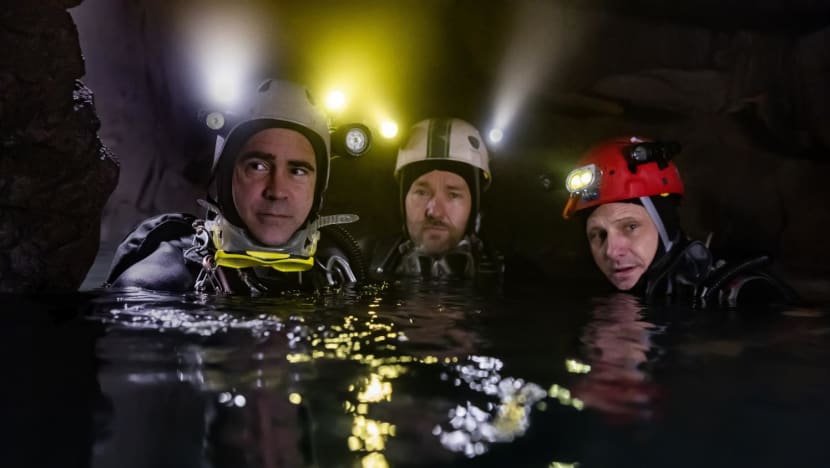
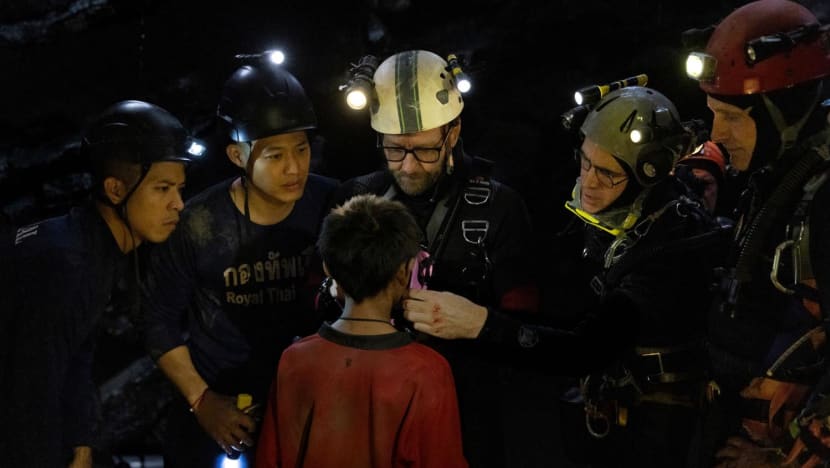
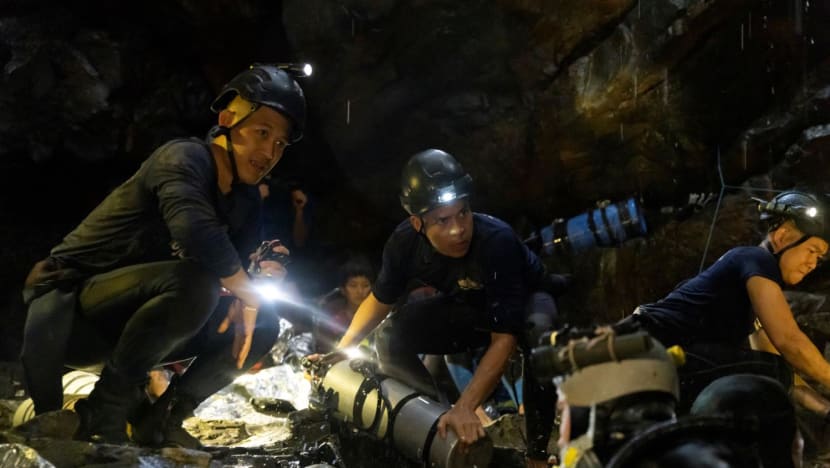
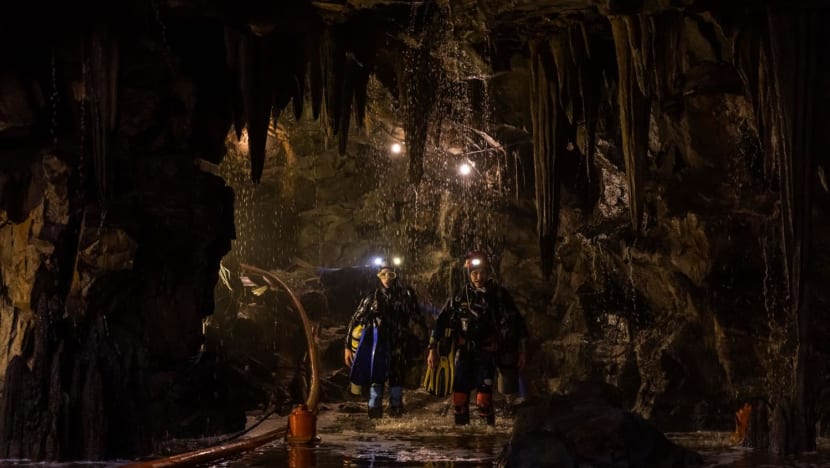
RESCUE MISSION THAT TRANSFIXED THE WORLD
It’s not often a Hollywood movie hits close to home.
This time was different though. On the big screen in the cinema, I watched a retelling of an event that I had reported on for more than two weeks in June and July of 2018, staked out in front of the cave with my crew in the northern Thai province of Chiang Rai. And it felt weird, uncanny even.
Without exaggeration, the Tham Luang cave rescue mission was the news story of the summer that gripped the whole world in 2018.
It was a major operation with thousands of volunteers and experts from around the world working with the Thai Navy SEALs on one objective - to rescue the boys and their coach.


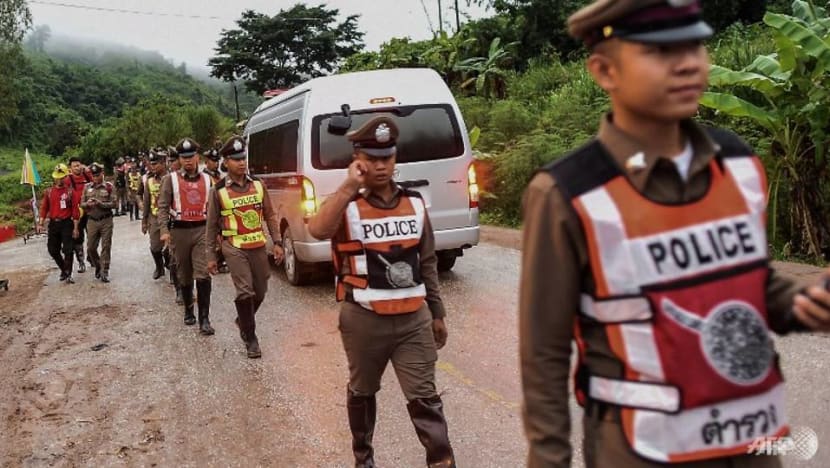
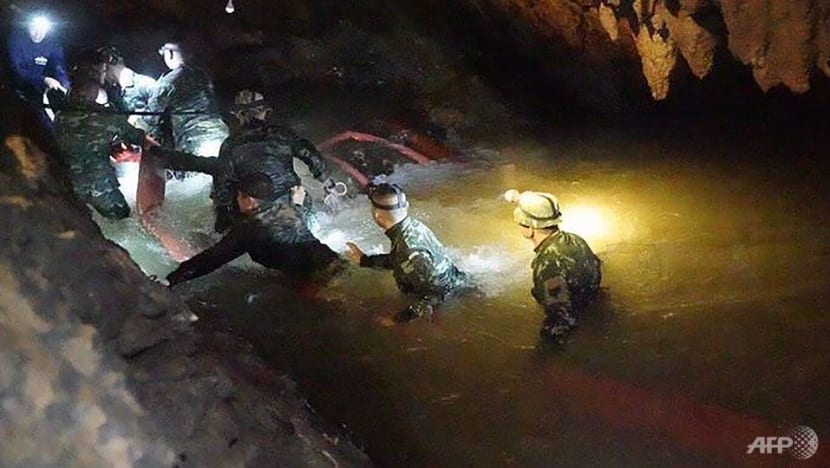
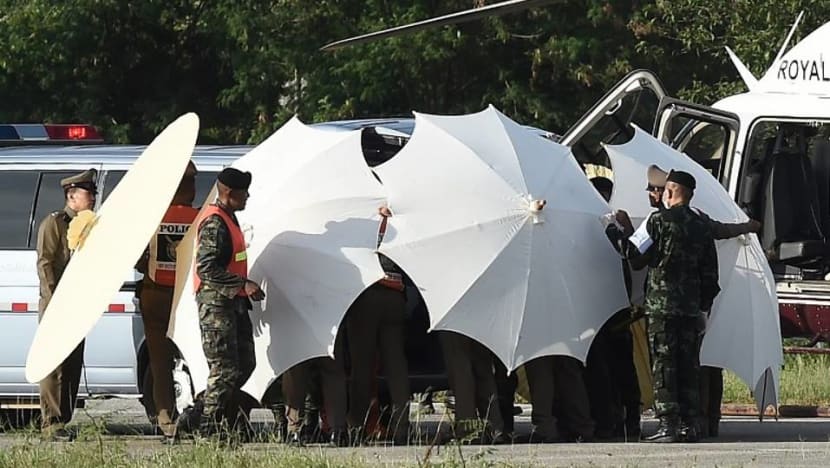
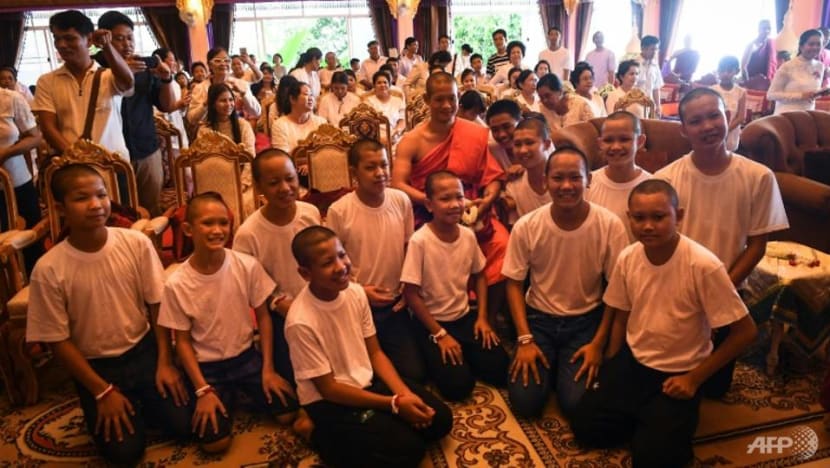
It felt like the whole world had descended in the middle of nowhere near the Thai-Myanmar border with us, as hordes of journalists from nearly all local and international media outlets reported from the frontline.
They were not the only ones: I saw several men walk around aimlessly in the muddy makeshift tents for the media, stopping only to talk to Western journalists. I found out later that they were movie producers.
The boys who were trapped in the cave, then aged 11 to 16, briefly became a worldwide sensation after their rescue. Even as the 18-day mission was covered ad nauseam by the media, there was an insatiable demand for stories about them and their rescue - but it was also a fierce fight to see who got to tell the story.
“I’m thrilled that this story is being shared around the world,” said Thirteen Lives director Ron Howard (Apollo 13, Rush) in a pre-recorded message to the audience at the press screening in Bangkok. “It is your story, your rescue, your miracle.”

I was a bit sceptical, based on past experiences. Almost immediately after the boys were rescued, the Thai government gave out a stern warning to leave them and their families alone. Most journalists based in Thailand followed suit.
But at the same time, the government granted exclusive interviews to American broadcasters. We felt a bit deceived; was this a story only for the highest bidder?
THE DRAW OF MOVIES THAT ARE BASED ON TRUE STORIES
Thirteen Lives is not the first adaptation or retelling of the cave rescue, nor will it be the last. Numerous books and documentaries have been created since then, including CNA's award-winning Against The Elements.
The Cave, released in 2019 by Thai-Irish director Tom Waller, was the first feature movie, focusing on the rescuers. It was partially shot at the actual Tham Luang cave and starred some of the divers who had taken part in the real-life mission.
Then there's Netflix's upcoming series Thai Cave Rescue, premiering in September. The online streaming service has signed an exclusive deal with the survivors and therefore will feature "untold perspectives of the boys".
The draw of movies that are based on true stories might be that we already know the broad strokes of the plot, but hope that the retelling fills in the blanks or gives us new insight that we were not privy to prior.
Of course, for every factually accurate movie such as Spotlight (which chronicles the investigation of the Boston Globe’s journalists into the sexual abuse scandal of the Catholic Church), there’s a Titanic where the event is just the backdrop for something entirely different.
All that automatically made me a more cautious viewer going into the screening, ready to nitpick every little detail. To my relief, Thirteen Lives wasn't a sanitised and exaggerated retelling of the cave rescue.
AN AUTHENTIC RETELLING
The movie focuses on the rescuers, particularly on British cave divers Stanton and Volanthen, played by Viggo Mortensen (The Lord of the Rings) and Colin Farrell (In Bruges, The Batman), respectively.
The team behind the movie took great efforts to ensure it was an authentic retelling of the rescue mission. This included making sure that the Thai cast who played the boys' families spoke in Northern dialect.
The smallest of details was not overlooked - car licence plates, uniforms, and even the press passes were accurate to the real-life event. Small nods to Thai culture and customs were also sprinkled in to round off the impression.
The cave and its surrounding areas were faithfully recreated and captured by Thai cinematographer Sayombhu Mukdeeprom, even though the movie was mostly shot in Australia.
The extreme conditions of the flooded Tham Luang cave were also depicted convincingly, as divers struggled with almost zero visibility, craggy rocks and tight passages, where they couldn't squeeze through without taking off their oxygen tanks.
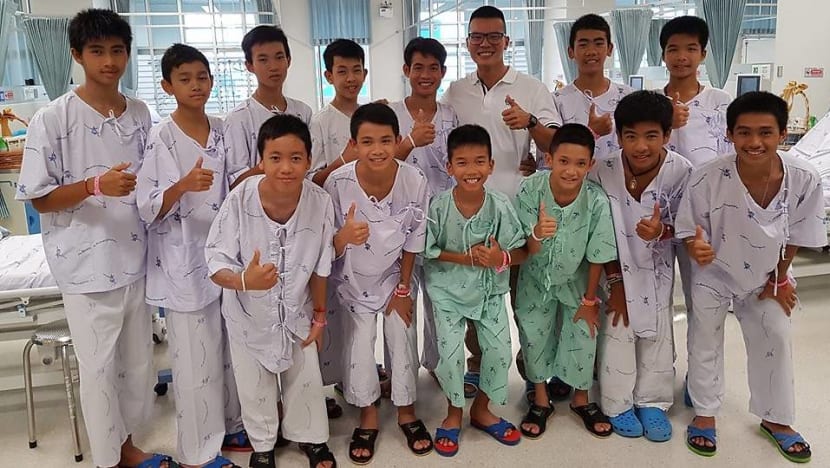
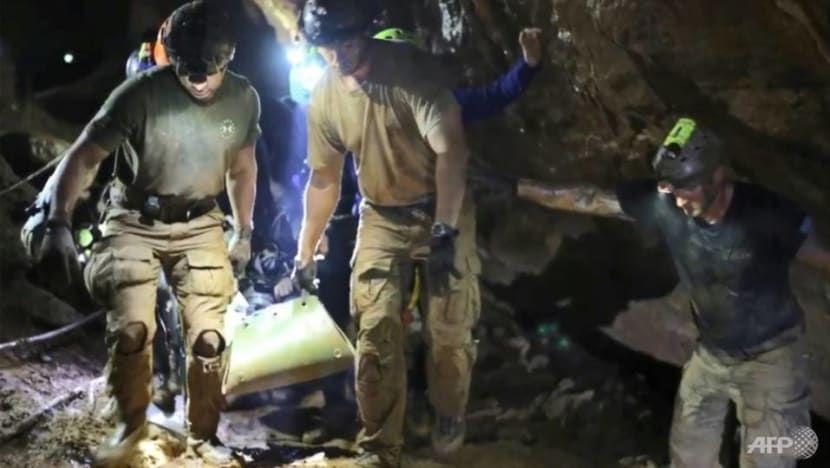

One of the main narratives of Thirteen Lives was a clash of cultures in front of the cave after Stanton and Volanthen were called in for their cave diving expertise days after the boys disappeared.
The quiet stoicism of the British middle-aged, self-declared “a bit nuts” cave diving hobbyists contrasted with the institutionalised can-do-everything-bravado of the Thai Navy SEALs who were initially sceptical of them.
Any animosity they had between them was quickly put aside for the daring extraction in the second half of the film, which still after all these years was just as nail-biting to watch on the big screen as it was to witness in real life.
Director Howard mostly stuck close to the facts in his depiction, chronicling the main events of the rescue in great detail.
For example, Stanton’s and Volanthen’s discovery of the boys after their ninth night in the cave was recreated blow-by-blow as it happened in real life.
SECRETS REVEALED
All in all, one of the great strengths of this movie is that it does not sanctify the heroes. Instead, it showcases the spirit behind the huge and daring rescue earnestly without the bombast of current blockbuster movie franchises.
Something I was surprised by Thirteen Lives and The Cave compared to my own experience on the ground was that both movies did not shy away from showing the political bickering between the various participating groups.
In Thirteen Lives, the movie showed the civilian side overseen by then-Chiang Rai Governor Narongsak Osottanakorn (played by Sahajak Boonthanakit) in strong disagreement at times with the military.
What the movie also reminded me of were bits of information that were intentionally kept from the media and the boys’ parents during the rescue mission.
For operational purposes, certain information was kept secret at the time, including the sedation of the 12 boys and their coach with ketamine.
The world was told at the time that the boys had been given a crash course in scuba diving to prepare them for extraction.
On Jul 10, 2018, more than two weeks after the boys found themselves trapped in the flooded cave, I reported this live on air: "All 13 Wild Boars are out! They have been all accounted for. All 12 and their football coach, they are all out and they are all coming home."
Not many breaking news we cover are feel-good stories, and even fewer have a happy ending. This was a very rare exception.
In the end, it is probably a sum of all these books, documentaries, movie adaptations and anecdotes that tells the complete story - and us journalists got to write the first rough draft of it.
Saksith Saiyasombut is CNA's correspondent in Thailand.















